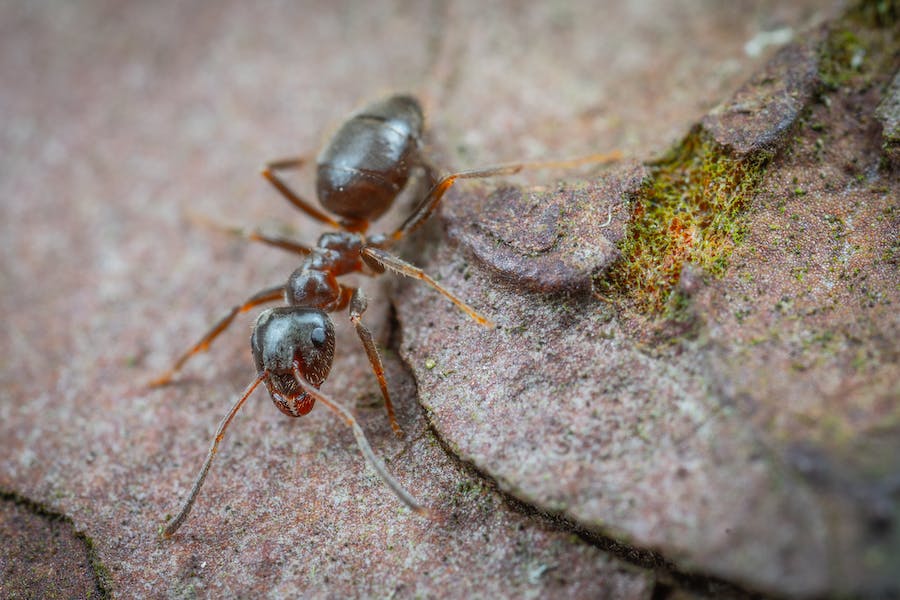Ants are fascinating creatures, known for their complex societies and remarkable strength – however, when they make their way into our homes, they can become a nuisance.
Identifying the types of ants you are dealing with is the first step in effective control and management. In this blog, we’ll explore some of the most common ant species found in homes and discuss how ant treatment pest control can help in managing these tiny invaders.
Carpenter Ants
Carpenter ants are among the largest ants you’ll find in your home – they are primarily black but can have reddish or yellowish colouration. What makes carpenter ants unique is their ability to damage wood.
They don’t eat wood like termites, but excavate it to create their nests, leading to structural damage over time. If you notice fine wood shavings or hear faint rustling noises in your walls, carpenter ants might be the culprits.
Pavement Ants
Pavement ants, as their name suggests, typically make their nests in or under cracks in the pavement. They are small and brownish-black in colour.
These ants are often seen trailing along sidewalks, but they can enter homes in search of food (they are particularly attracted to sweets, proteins, and grease).
Odorous House Ants
These ants get their name from the unpleasant odour they release when crushed, often compared to rotten coconuts.
Odorous house ants are small and dark brown or black. They are attracted to moisture and can be found in kitchens and bathrooms – they’re particularly fond of sweet substances.
Pharaoh Ants
Pharaoh ants are tiny, about 1/16-inch long, and are light yellow to red in colour with darker abdomens.
These ants are known for their ability to spread bacteria and contaminate food sources. They are challenging to control due to their tendency to create multiple nests throughout a structure.
Fire Ants
Known for their aggressive behaviour and painful stings, fire ants are reddish-brown and build large mound nests. While they primarily nest outdoors, they can enter homes through HVAC systems and cracks. Fire ants are omnivorous, feeding on plant and animal matter.
Managing Ant Infestations
Identifying the type of ant infesting your home is crucial for effective control. Why is this the case? Because different species have different nesting habits and food preferences, which can influence the treatment strategy.
For comprehensive ant treatment pest control, it’s advisable to seek professional help – experts can provide targeted solutions to not only eliminate current infestations but also prevent future ones.
Final Thoughts
While ants play a vital role in our ecosystem, their presence in our homes can be problematic. Understanding the types of ants common in homes is the first step in managing these unwelcome guests.







